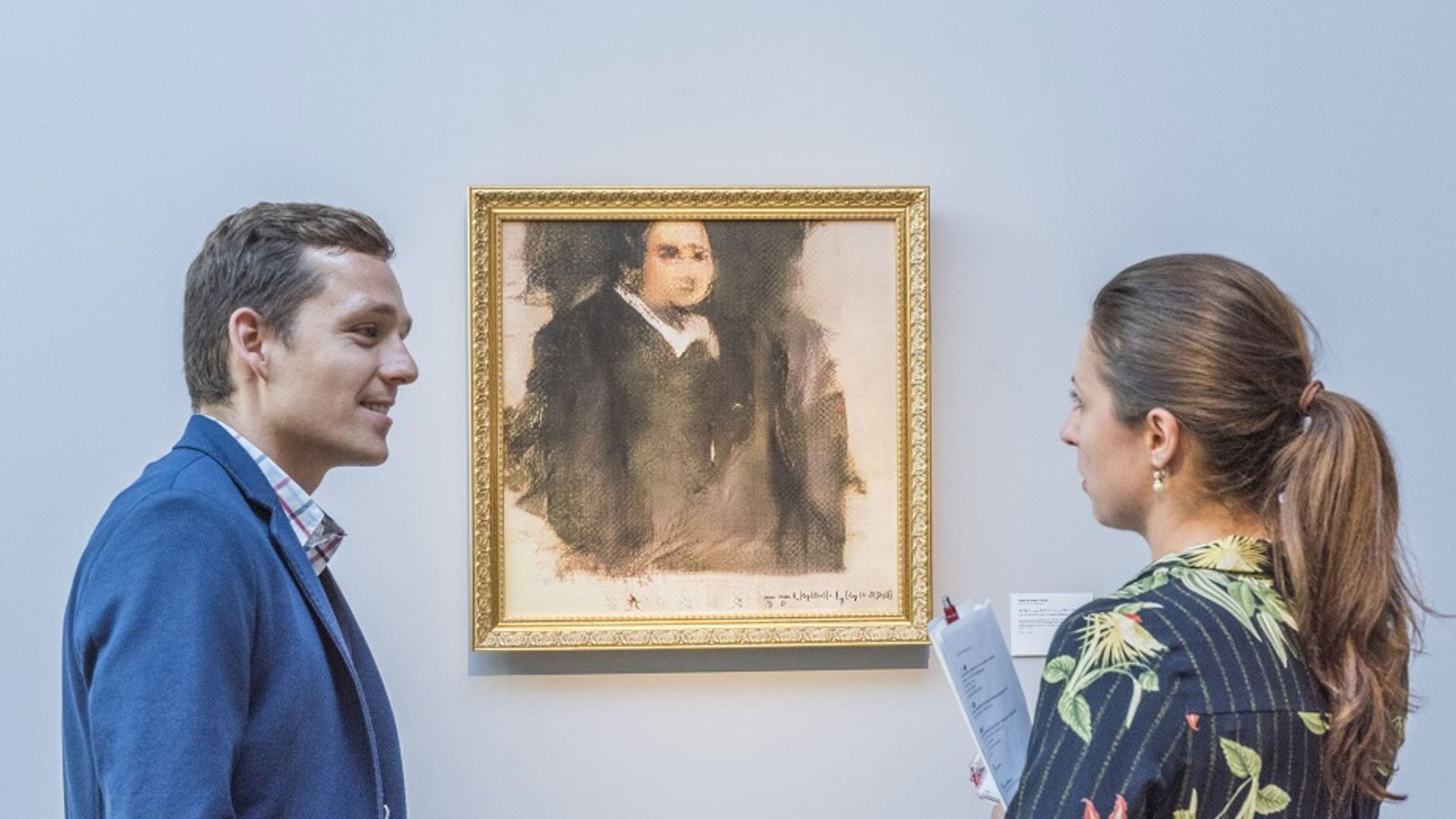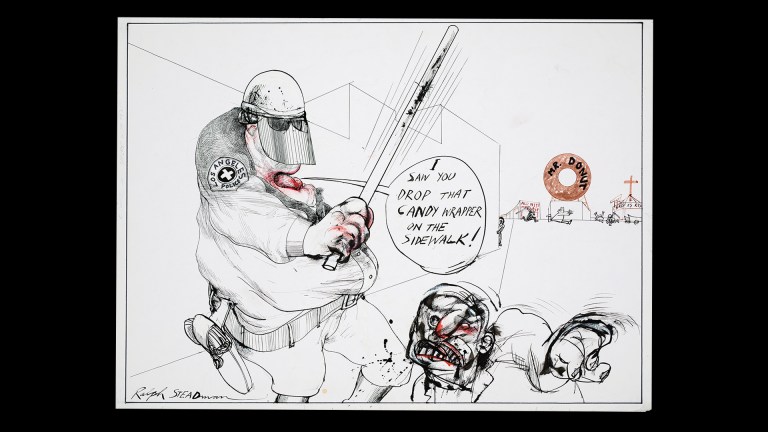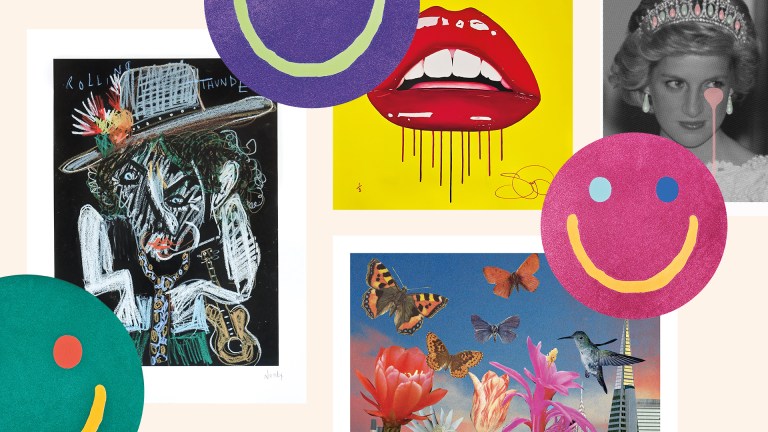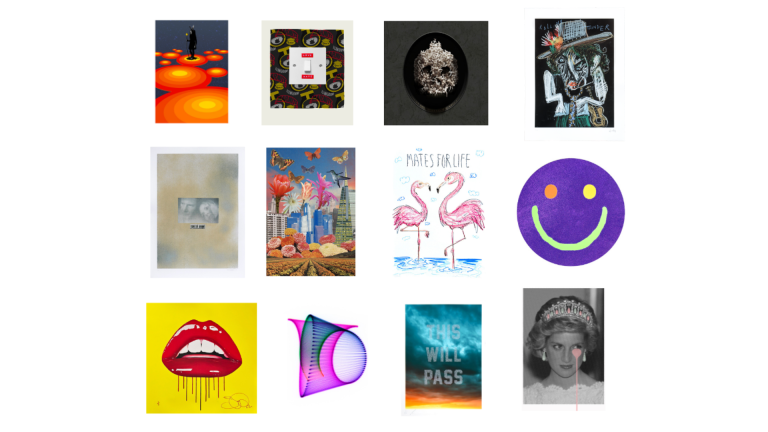When this painting of Edmond De Belamy was due to go under the hammer at Christie’s this week, it was expected to sell for around $10,000. In fact the portrait went for a staggering $432,000. Despite the astounding price, this is not the badly framed work of an old master but by an artist born out of our brave new world.
The portrait was created by artificial intelligence designed to generate images that mimic data inputted by programmers at French-based collective Obvious – in this case thousands of real portraits.
Hugo Caselles-Dupré, a PhD student working with AI who took care of much of the technology behind the picture, explains how the pioneering work fits into the evolving conception of art.
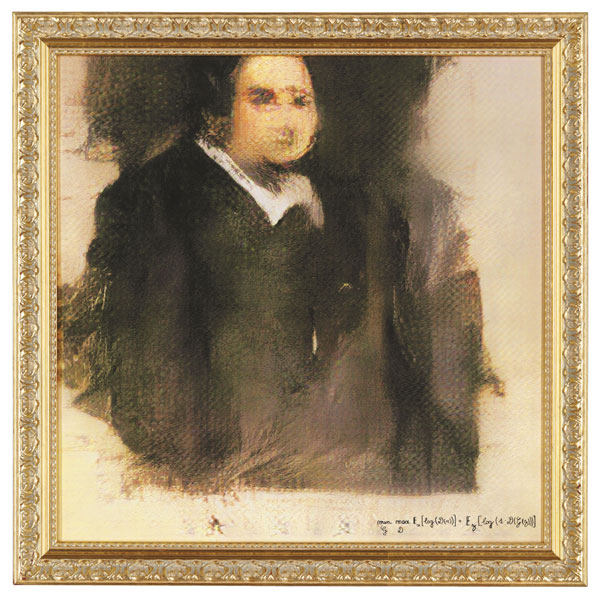
What was the process involved in creating this picture?
The AI is basically a computer program that can autonomously learn to create images – like portraits in our case. You need to feed the data, tune the algorithm so that it works best, select the preferred output image. It is only the visual creation process that is made by the computer.
The idea is that you have one part of the algorithm, the generator, that tries to generate images that could have belonged to a dataset of images, here portraits. The second part, the discriminator, tries to tell the difference between a real portrait, and one generated by the generator. The goal of the generator is to fool the discriminator. In the end you get relatively realistic portraits, completely computer generated.
